The principle of CNC five-axis machining revolves around using a Computer Numerical Control (CNC) system to control a machine tool that can move a workpiece along five different axes simultaneously. The goal is to accurately machine complex, high-precision parts in a single setup.
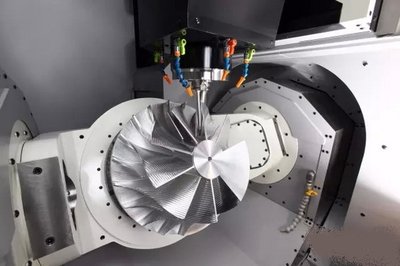
Five-Axis Movement
A five-axis CNC machine combines both linear and rotational movements. The five axes consist of three linear axes (X, Y, and Z) and two rotational axes (A and B). The machine can rotate the workpiece in multiple directions, allowing for intricate shapes to be machined with high precision. These movements can be described as:
1.X, Y, Z Axes: These are the linear axes for moving the tool along horizontal and vertical directions.
2.A Axis: Rotates the workpiece around the X-axis.
3.B Axis: Rotates the workpiece around the Y-axis.
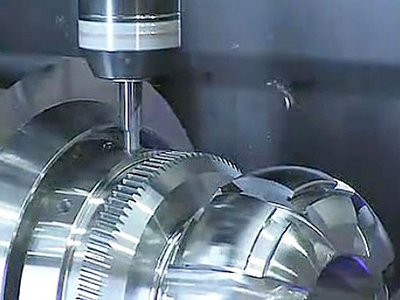
Workpiece and Tool Interaction
1.The workpiece is mounted on a table or fixture that can rotate and tilt. The cutting tool (usually a rotating spindle) is mounted on the machine, and it moves along the three linear axes (X, Y, Z) while simultaneously rotating around the A and B axes.
2.The key advantage of this system is that the cutting tool can access nearly any part of the workpiece, including undercuts, without the need to reposition the workpiece, which helps in maintaining the part's accuracy.
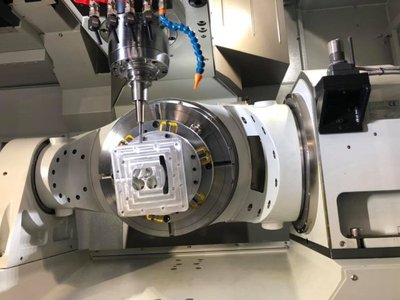
Simultaneous Control
Simultaneous multi-axis movement: Unlike simpler CNC machines, a five-axis machine can move all five axes at once in a coordinated manner. This capability allows the tool to approach the workpiece from virtually any angle, enabling the machining of complex geometries.
For example, to machine a part with intricate details or features that are at an angle, the workpiece is rotated and tilted while the tool is moving in a controlled manner, which allows precise machining without having to reorient the part multiple times.
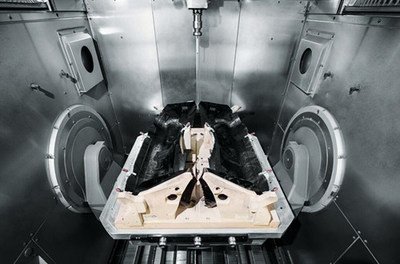
Part Setup
A crucial feature of five-axis CNC machining is that the part remains fixed in one setup. The workpiece is securely attached to a rotating table or fixture, which rotates and tilts the workpiece. This ensures that each side of the part can be machined without needing to remove and reattach it to the machine, saving time and improving consistency.
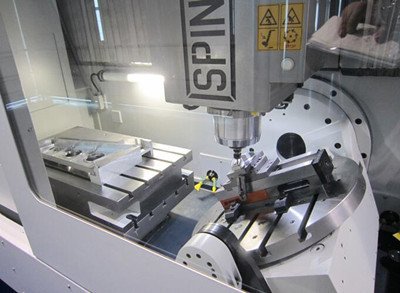
Tool Path Programming
The CNC machine uses advanced software to generate the tool paths, which define the movement of the tool during the machining process. These tool paths are programmed using CAM (Computer-Aided Manufacturing) software, which simulates how the tool will approach and cut the workpiece. The software ensures the tool moves in such a way that it reaches all areas of the part while avoiding collisions or errors in machining.
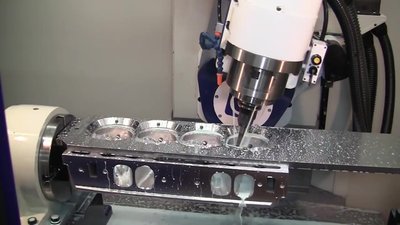
High Precision and Surface Finish
With five-axis machining, the tool can maintain consistent cutting force and reduce the likelihood of deflection or vibration, which results in improved surface finish and dimensional accuracy.
The ability to move the tool from different angles also reduces the risk of errors that might arise from repositioning the workpiece in a traditional three-axis machine, making five-axis machining ideal for parts requiring high precision.
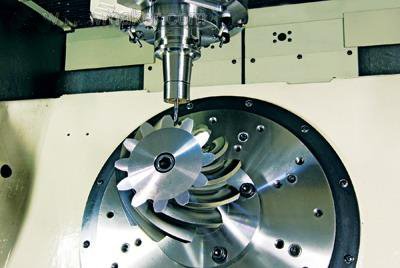
Key Benefits of Five-Axis CNC Machining
Complex Part Machining: It allows for the machining of very intricate and complex parts, such as turbine blades, molds, and aerospace components, that would be very difficult or impossible to produce using traditional three-axis machining.
Reduced Setup Time: By keeping the part in one setup, the chances for errors are minimized, and setup time is reduced.
Increased Efficiency: Since parts can be completed in one go, fewer operations are required, which leads to faster production times and higher efficiency.
Improved Accuracy: The ability to machine parts from multiple angles at once leads to better accuracy and a higher-quality finish.